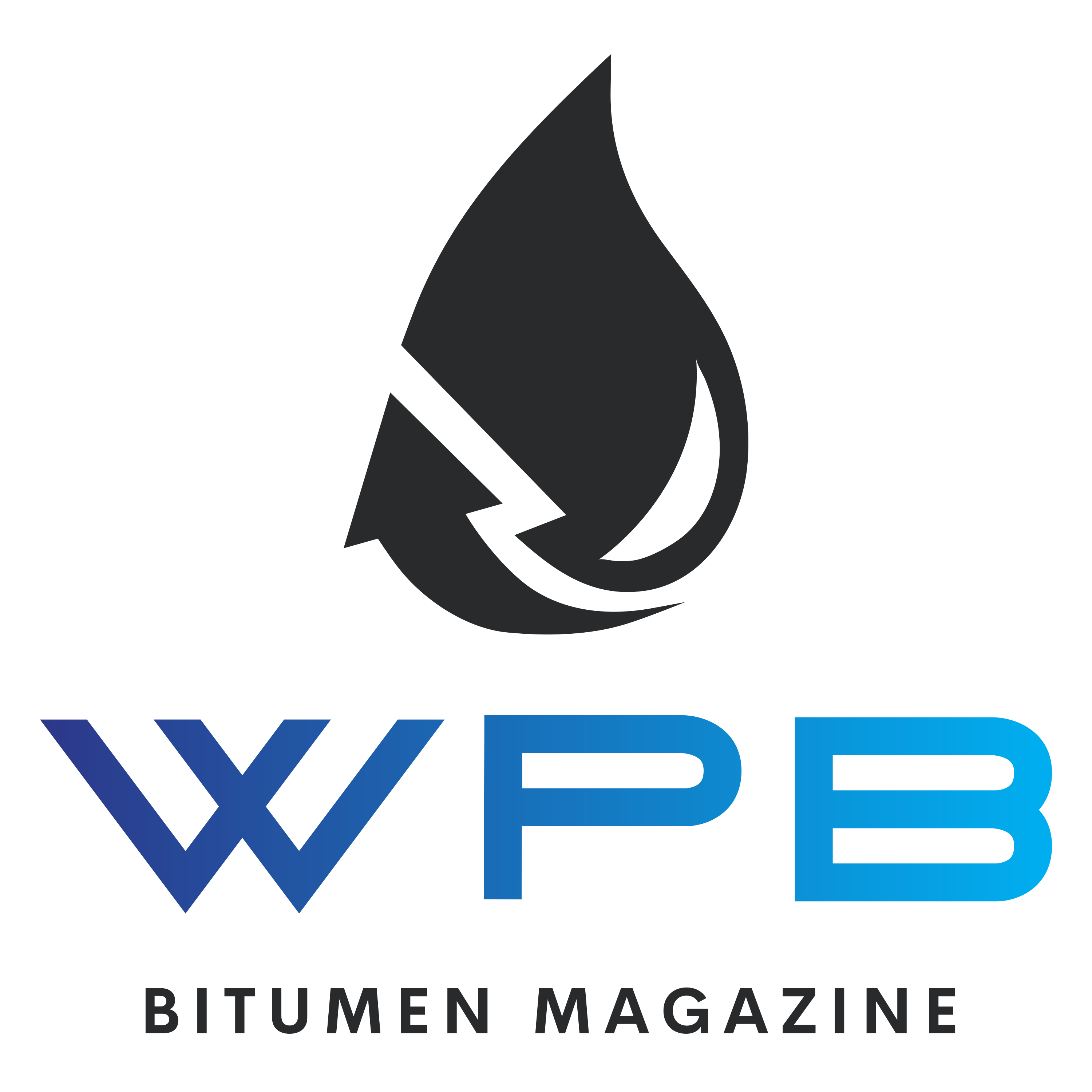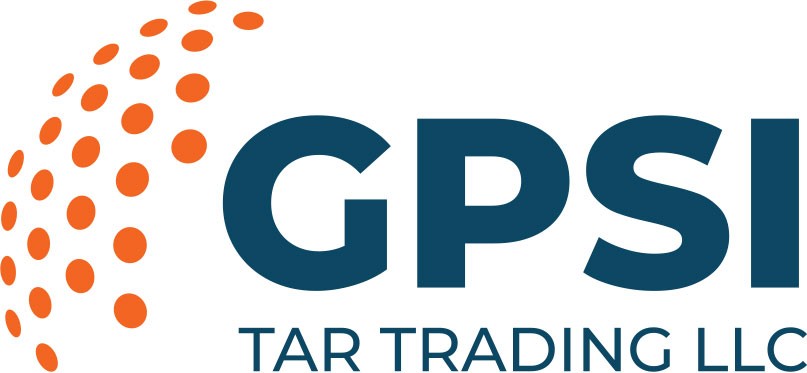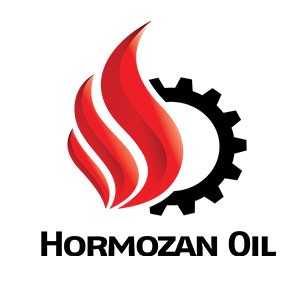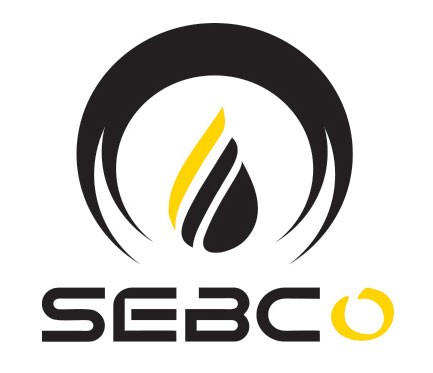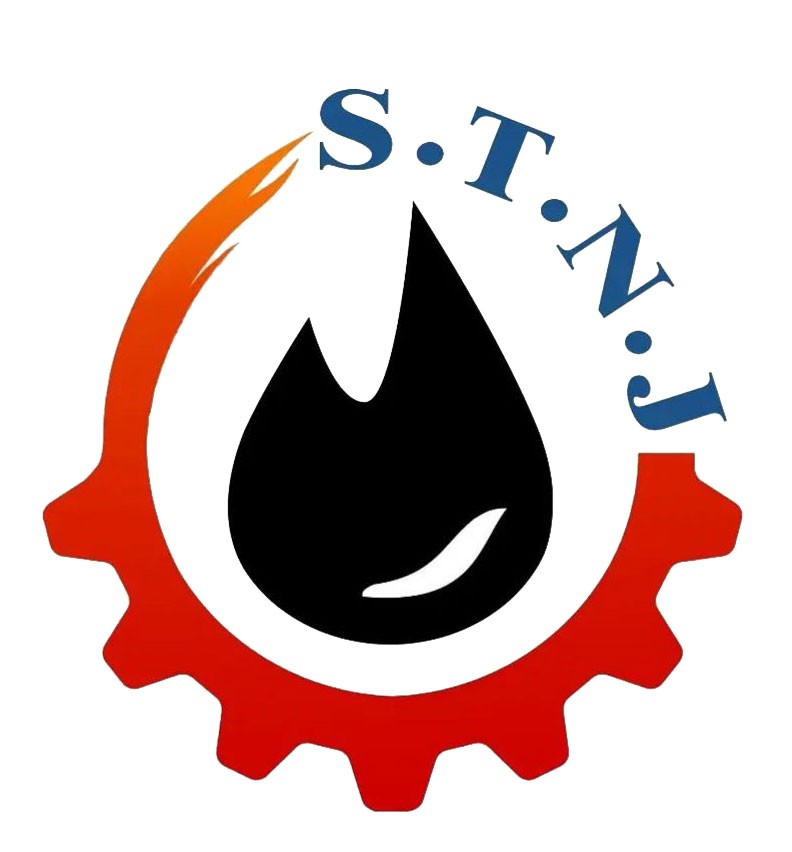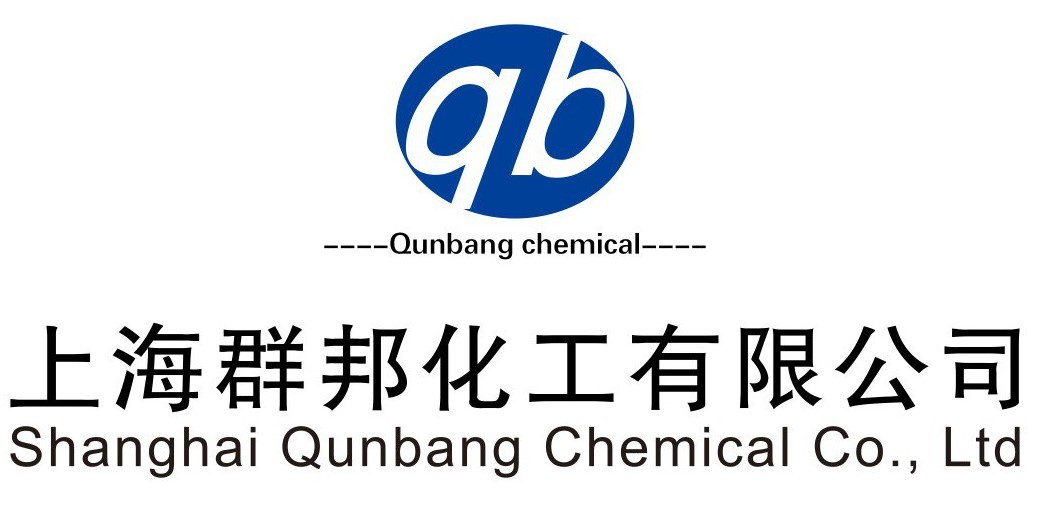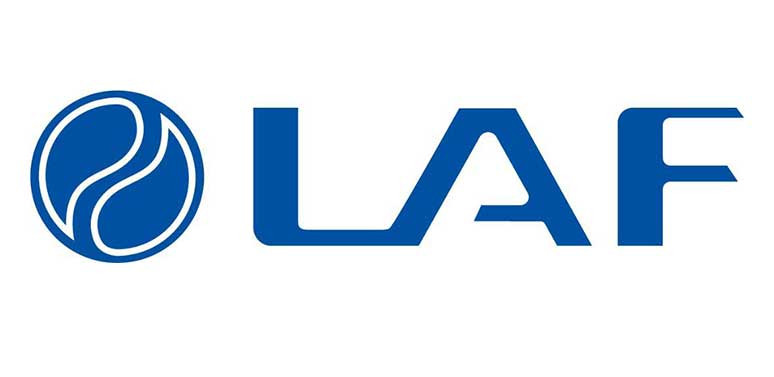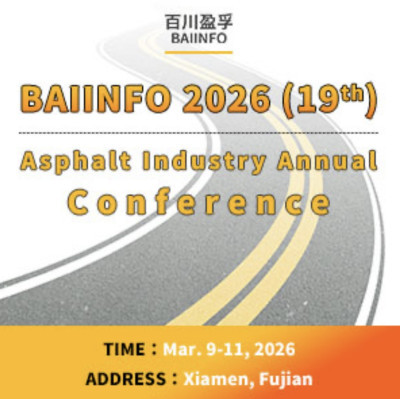WPB reports that the global bitumen sector is experiencing a complex global picture featuring contrasted demands around the world, shifting global trade flows, and heightened geopolitical uncertainties. The report focuses on the latest supply-side trends, demand factors, pricing developments, and innovation drivers of interest to producers, traders, and international infrastructure planners.
Seasonal weather patterns in Southeast Asia have caused project delays in construction work, especially in the Philippines, Vietnam, Thailand, and Malaysia. The delays have initiated risk-averse buying behaviors, where customers delayed inventory replenishment and focused procurement activities around fixed project schedules. The result has been transitory pockets of oversupply at designated port destinations, with spot market volumes currently moderate.
Despite such short-term disappointments, Southeast Asia's longer-term infrastructure initiatives like the development of road networks, port improvement, and urban projects continue to drive demand for polymer-modified and special bituminous products. Suppliers are responding by emphasizing flexible logistics alternatives and offering shorter lead-time contracts to be in good position when the project activity resumes.
The Middle East remains the major exporter of bitumen grades for application primarily in rolling and paving purposes. Regionally based refiners are facilitating shipment volumes to Asian and African markets on competitive landed costs that maintain market share. The trade flows are, however, also vulnerable to geopolitical risks impacting tanker routes along with changes in insurance premiums. These factors would alter the volume splits if shipping conditions deteriorate.
Geopolitical tension around major sea lanes continues to be a significant upside risk to crude and refined product prices. Analysts warn that abrupt major disruptions in these shipping lanes would cause crude prices to spike sharply, thus affecting bitumen manufacturing margins along with export prices. Markets which are import-dependent like Europe, Africa, South Asia, and East Asia would be hit with increased price volatility.
In South Asia, or India, local bitumen processing is on the rise with new plant openings that can make polymer-modified and microsurfacing products. This supports local supply chains and reduces some reliance on importation. Government budgetary spending by the state level and project financing timeliness remain preponderant factors for short-term changes in demand, however.
China's bitumen market shows a stable pricing environment, with close monitoring of wholesale prices for conventional and modified grades. Turnaround in production following refinery maintenance has helped dampen price volatility. Both spot market and futures information show a fairly balanced market with only moderate directional biases.
Africa presents a mixed scenario. East Africa is working on building its road investment plans, supported by multilateral financing and local initiatives. Meanwhile, nations in West and Central Africa are afflicted by logistics bottlenecks and port congestion due to weather conditions that slow product offloading and contribute to local storage and demurrage charges.
Demand for asphalt additives continues to be robust, with agencies seeking more and more products to improve pavement life and reduce lifecycle costs. Compounds should experience solid market growth, driven largely by growing demand in the Asia-Pacific region and increasing use of polymer and crumb-rubber modifications in highway project construction.
Producers and merchandisers are adopting more diversified merchandising approaches to cope with market uncertainties. These include negotiation of shorter contract durations, use of blending facilities in areas, and staggered scheduling of shipments. Flexible inventory positions close to the points of consumption are becoming a primary approach to counter risks of seasonality in demand and geopolitical risks of shipping.
In the view ahead, market indications and consensus expectations suggest moderate global bitumen demand growth in the medium term. This is fueled by sustained infrastructure outlays and increasing use of performance improver additives. However, price movements will remain closely linked with crude oil market conditions and the pace at which weather-damaged construction activity is being resumed.
On the whole, the bitumen industry currently requires market players to balance caution and flexibility. Keeping a close eye on geopolitical developments and refinery plans, coordinating procurement moves with project financing cycles, making investments in differentiated products such as polymer-modified bitumen, and maintaining logistical flexibility will prove critical to capturing future prospects as regional building gains steam. These gambits will enable players to ride the underlying growth currents shaping the world asphalt and bitumen markets.
read our previous articles:
https://bitumenmag.com/News/global-prospects-and-strategic-development-of-the-modified-bitumen-market-outlook-through-2035
https://bitumenmag.com/News/southeast-asia-bitumen-market-july-2025-update
By Bitumenmag
Bitumen, Price, Market
